
If you look closely at China, you’ll notice something fascinating: it’s not one place at all. It’s dozens of vibrant regions with unique ways of life and even histories. Digging deeper, you start to wonder—could some of these pieces be independent nations? Here are 10 remarkable Chinese regions that could become countries in their own right.
Manchuria

With vast coal, timber, and industrial capacity, Manchuria has long had the resources to stand on its own. Shenyang and Harbin emerged as major industrial hubs, a legacy of both Qing-era development and Japan’s Manchukuo regime. Plus, its railways and trade routes connect directly to Russia and North Korea, bolstering its strategic independence.
Beijing
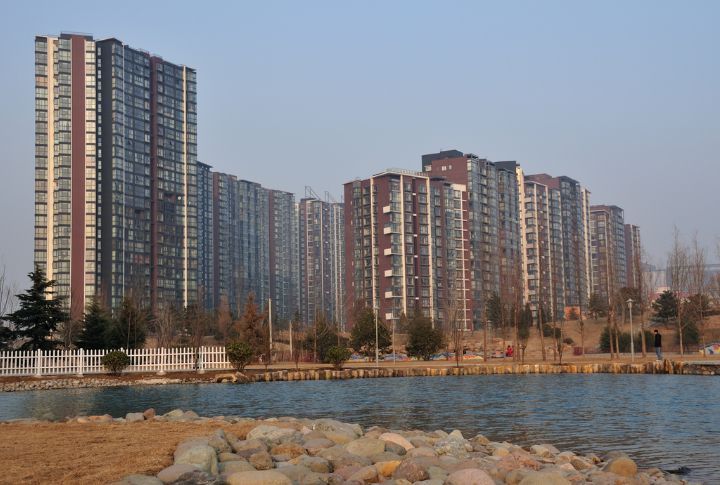
Beijing’s legacy begins with its role as the capital of great dynasties and continues today with unmatched cultural and political influence. Home to more Fortune 500 headquarters than any other Chinese city, it commands national policy from the Communist Party center while enjoying a budget independent of regional economies.
Shanghai
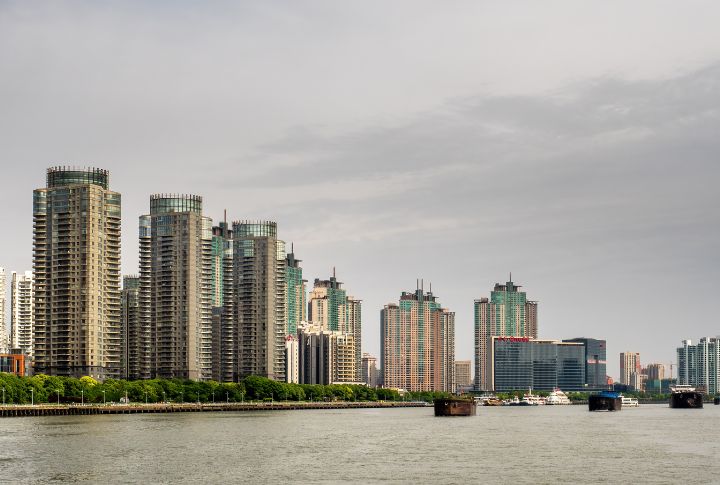
Visitors from select countries enjoy visa-free entry into Shanghai, where finance meets history. Its vast stock exchange and wealthy service sector further drive the economy. At the same time, 19th-century foreign settlements left a lasting legal and cultural imprint, which shapes its distinct personality as China’s most globalized financial city.
Zhejiang
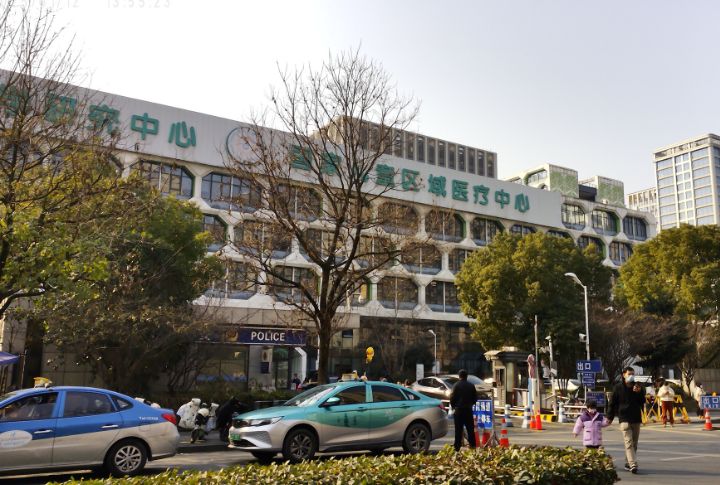
Zhejiang thrives on private enterprise, with Hangzhou leading through global tech presence via Alibaba. Plus, retaining much of its generated wealth gives it high fiscal independence and top disposable income rankings. At its heart, Ningbo’s port, a Tang Dynasty trading hub, also anchors its enduring maritime tradition.
Guangdong

Shenzhen and Guangzhou shine as innovation hubs that attract international investment and draw global attention. Moreover, Guangdong’s colorful Cantonese identity enriches daily life through language and traditions. Since it delivers over 10% of China’s GDP, its closeness to Hong Kong and Macau ensures that trade remains constantly energized.
Fujian
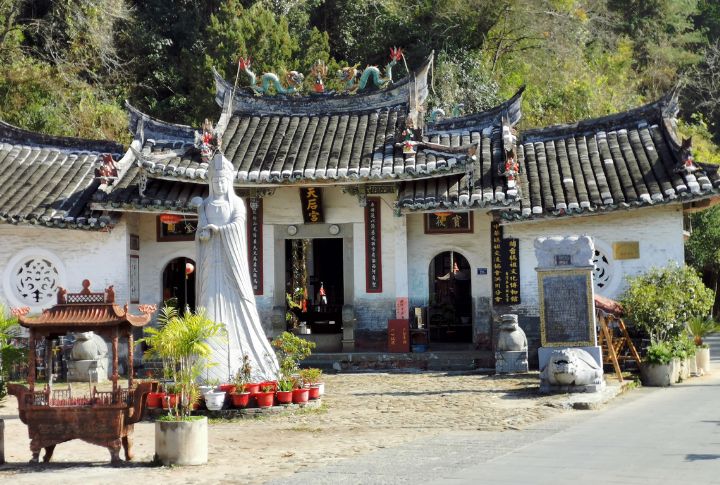
Fujian’s cultural and political ties to Taiwan remain strong, and disputed islands like Kinmen and Matsu highlight its strategic position in cross-strait relations. It was once also a significant source of emigrants to Taiwan and Southeast Asia, and it continues to thrive through bustling ports in Fuzhou and Xiamen.
Guangxi

With a strong maritime economy and deep cultural identity, Guangxi holds the ingredients for self-reliance. The Beibu Gulf Economic Zone anchors it to vital shipping lanes, while the annual China–ASEAN Expo cements its trade influence. As home to the Zhuang, China’s largest minority group, it carries a distinct heritage and political voice.
Sichuan
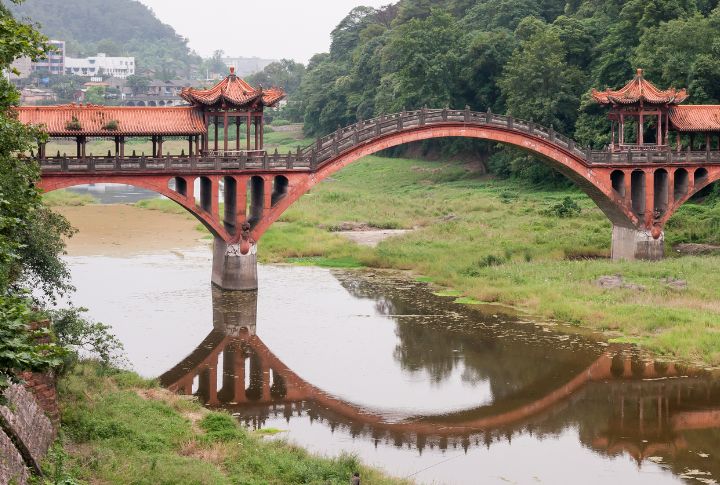
Sichuan’s rich culture shows in its cuisine and unique dialects, all of which set it apart. History saw it operate under its military governance during unstable times like the Warlord Era. Known as China’s agricultural heartland, it also sustains over 83 million people, which is more than many independent nations.
Yunnan

Centuries ago, Yunnan’s mountains sheltered tribal confederacies that ruled without interference from China’s central powers. Today, it holds more recognized ethnic groups than any other province. Its strategic position near the Golden Triangle ties it to major trade—and sometimes illicit—routes. It also borders Myanmar, Laos, and Vietnam.
Tibet

Modern Tibet is officially autonomous but tightly controlled. The region’s language and calendar distinguish it from the Han majority. Additionally, control over Himalayan rivers gives it strategic power, and its past as an independent theocracy from 1912 to 1951 still shapes its identity.

